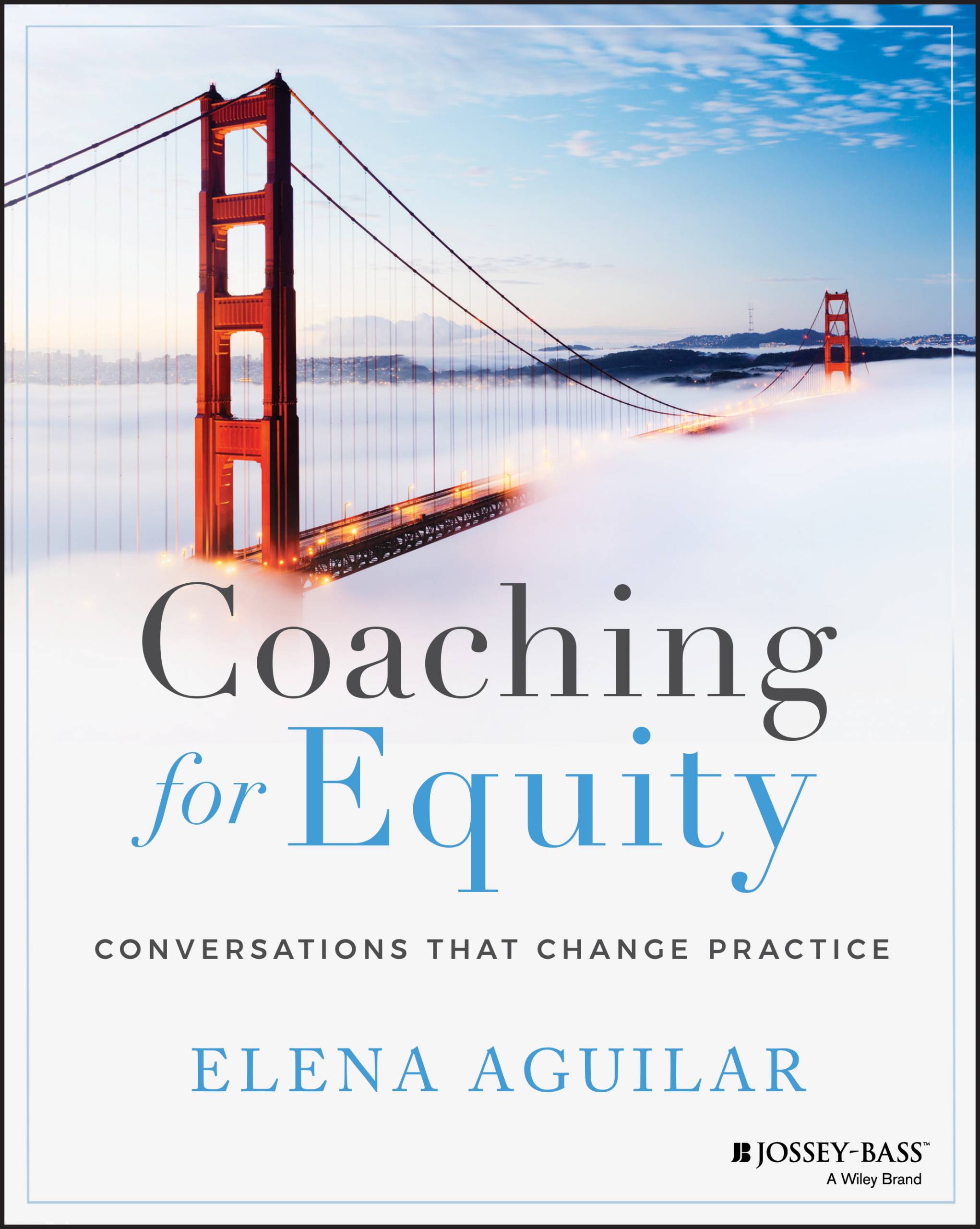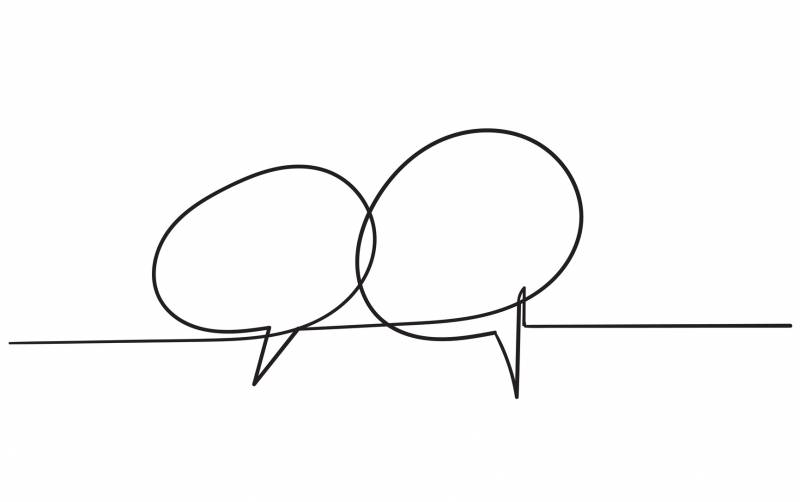All of our needs matter, Rosenberg taught. It’s this concept—and the strategies I’ve learned for how to respond to needs—that are the reason I don’t experience resistance when I coach. I’m going to get back to that very soon, but first you need to understand this more—I draw on these ideas in every coaching conversation when emotions are present.
NVC teaches that we’re all just doing our best to meet a need. Needs are fundamental values that drive our actions. They’re what matter the most, the root reason for why we want what we want. Needs are universal and cross-cultural, and they are positive—as you read through the list in Figure 7.1, are there any that you don’t appreciate? We all share the same needs, but we feel them with varying degrees of intensity, and we use different strategies to meet them. Some strategies are effective and skillful, others are less effective and less skillful. This is where emotions come in.
When Kids Roll Their Eyes
Let’s go back to the seventh-grade student who rolls her eyes. When that happens, your body produces stress hormones, which causes your heart rate to accelerate. Then you tumble into thoughts that could include, She’s so disrespectful; I’m sick of teaching ungrateful kids, and then into action—giving her a warning, writing a referral, and/or telling her that teachers must be respected.
This is a moment when you’re experiencing anger. To be clear: She has not caused your anger—your anger is your own responsibility. But anger has shown up at your door and has a message for you—it wants you to listen to what it’s communicating about your needs and values, which might be for respect, harmony, and cooperation. Here’s what you can then say to yourself:
I value respect, harmony, and cooperation, which are worthy needs. I experience eye-rolling as disrespect. I wonder how I can communicate my needs to her? I wonder what she’s feeling and what she needs that she’s not getting? I wonder how I could hear what her needs are? I wonder if there’s any other way I could interpret her eye-rolling—maybe she’s not saying she disrespects me; maybe she’s saying she’s frustrated and doesn’t know how to tell me that? I wonder if my racial identity—and her racial identity—play a role in how I interpret her behavior? I wonder if there are other places in my life where my need for respect, harmony, and cooperation aren’t being met? I wonder if any other unmet needs are calling for my attention?
Here’s what’s possible next. You crouch down next to the student and you say, “Hey, can we check in for a minute after class? I’d like to understand what’s going on for you.”
After class, you stand in the doorway with the student and say, “When you roll your eyes, what are you feeling?”
She says, “I wasn’t rolling my eyes.”
You say, “OK,” because you’re not going to argue with her about whether she was or wasn’t. “What were you feeling in class today?”
She says, “You’re not fair. You’re always picking on me.”
You say, “OK, so you feel frustrated because you feel disrespected and singled out, and respect and belonging are really important—to everyone. When I asked you to throw away your gum and you rolled your eyes, I felt disrespected also.”
 I would like you to imagine the rest of this conversation—one in which the seventh-grade student acts age-appropriate and doesn’t necessarily say everything we wish she’d say, and one in which you manage the conversation with skill and compassion. Within a few minutes, the student takes ownership for her behavior, which you appreciate, and she heads off to her next class. She does not end up in the office, and you feel calm, effective, and confident that you can respond to eye-rolling. The next time a student rolls their eyes, your body skips a beat and then you think: I wonder if they’re feeling afraid that they’re being singled out—their need to feel like they belong is not being met. And you say, “We have a school rule about gum. Please throw it out.” And even if they roll their eyes, you don’t experience it as disrespect.
I would like you to imagine the rest of this conversation—one in which the seventh-grade student acts age-appropriate and doesn’t necessarily say everything we wish she’d say, and one in which you manage the conversation with skill and compassion. Within a few minutes, the student takes ownership for her behavior, which you appreciate, and she heads off to her next class. She does not end up in the office, and you feel calm, effective, and confident that you can respond to eye-rolling. The next time a student rolls their eyes, your body skips a beat and then you think: I wonder if they’re feeling afraid that they’re being singled out—their need to feel like they belong is not being met. And you say, “We have a school rule about gum. Please throw it out.” And even if they roll their eyes, you don’t experience it as disrespect.
Understanding Needs
In the NVC method, the word need is synonymous with value or something that matters. This doesn’t mean that if we feel disrespected by a student, we turn to them and say, “I need you to respect me.” This is mixing up what’s meant by the word need. You could say: “I value respect, and I’m committed to respecting you also. If you are feeling angry, I’d like to ask that you share what you’re feeling in words.” This, of course, is assuming that the student has the emotional intelligence to recognize their feelings and communicate skillfully—which is why our students require social-emotional learning. Regardless of what the student says or does, we, however, can maintain equilibrium—we can listen to our own emotions and understand the messages they’re trying to tell us about our own needs.
Recognizing our needs doesn’t automatically mean they’ll be met—sometimes they are, and sometimes they aren’t. Sometimes our needs have more to do with something we need to change about our life, or we need internally, than something that another person can provide. We can learn how to express our needs to others and get more of them met—that’s a great deal of what NVC teaches. But ultimately, freedom doesn’t come from being able to control outcomes. It comes from knowing our values, developing ways to respond to the emotions that come up, and letting go. We can learn how to be at peace with some unmet needs.



